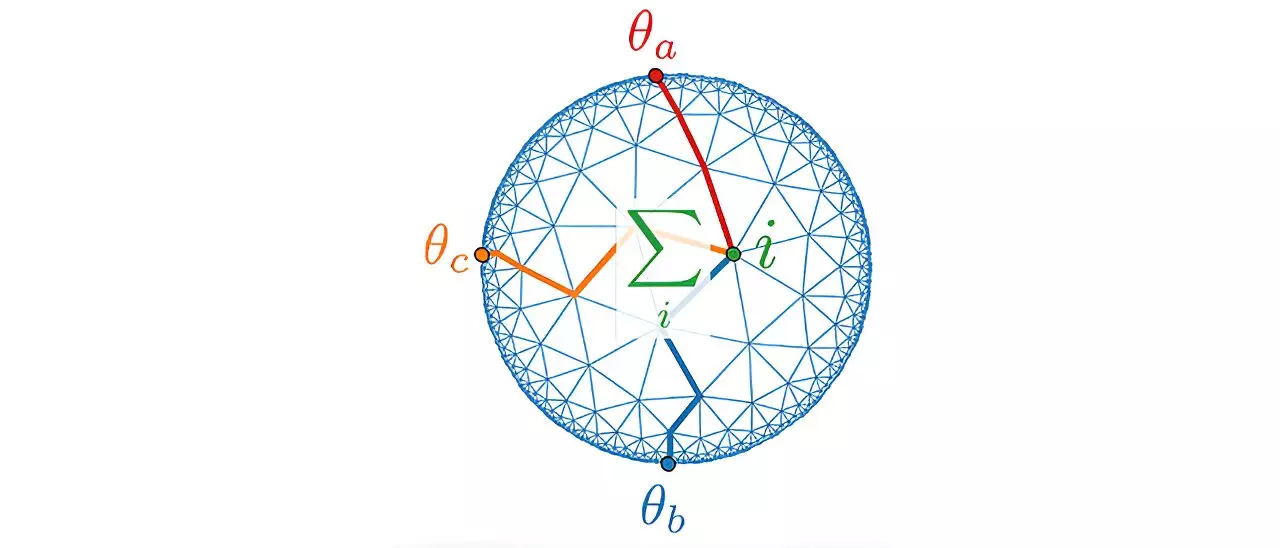Gravity, one of the fundamental forces of nature, has perplexed scientists for centuries. While our understanding of gravity has evolved significantly—enabling us to calculate planetary orbits, predict ocean tides, and successfully launch spacecraft—the quest to fully comprehend gravity at the quantum level remains largely unresolved. According to Professor Johanna Erdmenger, Chair of Theoretical Physics III at the University of Würzburg, traditional gravitational theories fall short when dealing with phenomena that occur under extreme conditions, such as the early universe during the Big Bang or the environments inside black holes. The intersection of gravity and quantum mechanics represents a frontier of modern physics that challenges our current paradigms.
To bridge the gap between classical physics and quantum mechanics, scientists are striving to develop new theories that encompass the behavior of gravity across all scales. A particularly promising framework in this endeavor is the AdS/CFT correspondence, a significant concept in quantum gravity research. This correspondence unravels complex gravitational theories in higher-dimensional spaces, suggesting that they can be mirrored by simpler quantum field theories located at the boundaries of these spaces. AdS refers to Anti-de-Sitter space—a unique curved spacetime structure—while CFT denotes conformal field theory, which describes physical systems whose properties remain invariant across different distances.
While the idea of AdS/CFT may sound esoteric, its implications are profound. Professor Erdmenger likens the correspondence to a holographic image; although the image is rendered based on two-dimensional information, it conveys an intricate three-dimensional perspective. The mathematical formulations behind AdS/CFT provide profound insights into the dynamics of gravity at the quantum level, offering a new lens through which researchers can study gravitational phenomena. Essentially, the correspondence suggests that the quantum characteristics of the universe at a boundary can relate directly to the more complex gravitational interactions occurring within the interior—a principle that emerges from both general relativity and quantum mechanics.
Recent groundbreaking efforts by Erdmenger and her research team have paved the way for experimental validation of the AdS/CFT correspondence. In a remarkable study published in the journal Physical Review Letters, the team employed a branched electrical circuit to mimic the effects of curved spacetime. This innovative experimental setup allows researchers to monitor electrical signals at various junctions in the circuit, analogous to gravitational dynamics at different points in the universe. The initial theoretical calculations suggest a striking resemblance between the observed dynamics at the edges of this simulated spacetime and those occurring in the bulk, illustrating a key prediction of the AdS/CFT framework.
As the Würzburg research team looks towards implementing their experimental models, the implications extend far beyond theoretical physics. If successful, their methods could not only refine our understanding of gravitational interactions but also lead to significant advancements in quantum technologies. The circuits developed for this research may likewise entail practical applications, offering efficient means of transmitting electrical signals with minimal loss. By utilizing the curvature of simulated spacetime, these circuits could enhance signal stability, opening new avenues for technological advancements in various industries.
The endeavor to unlock the mysteries of gravity at the quantum level is just beginning, with substantial implications for the field of physics at large. With pioneering efforts such as those led by Professor Erdmenger, researchers are beginning to thread together the intricate relationships between quantum mechanics and gravitational theories. As experimental techniques evolve, the hope is that a clearer picture of gravity’s behavior across scales will emerge, potentially leading to a unified theory that elegantly unifies the forces shaping our universe. The complications of gravity might soon be unraveled, paving the way for innovations in both theoretical understanding and practical applications. This journey, though challenging, holds the promise to redefine how we perceive one of nature’s most fundamental forces.


Leave a Reply
You must be logged in to post a comment.